
Tata Curvv: A Much Clearer Look At Its Interior Ahead Of Its Unveiling
- Apr 22, 2024
- Views : 8889

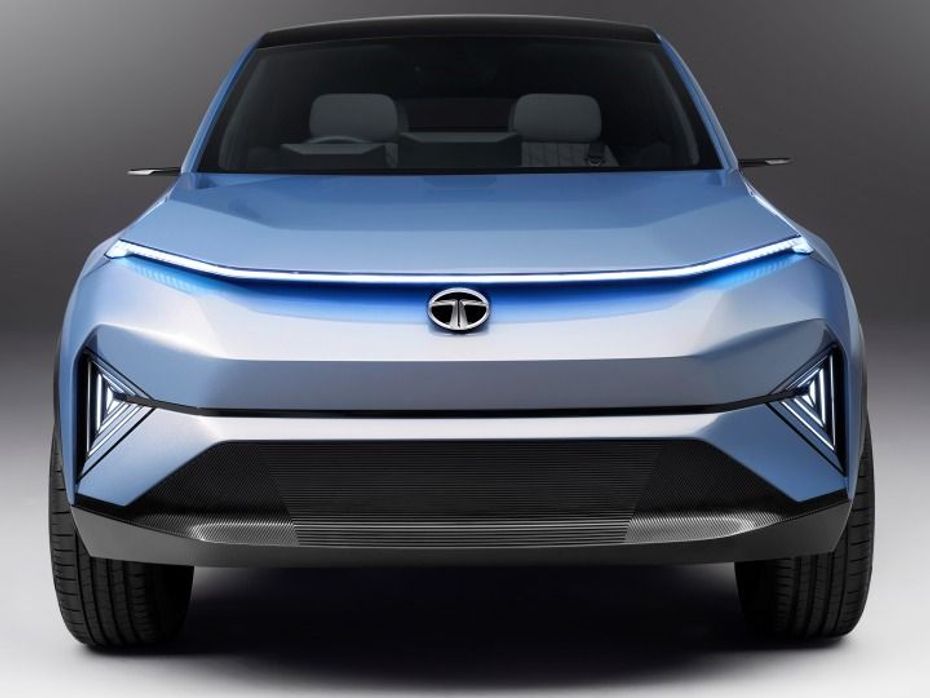
With the Curvv concept electric vehicle (EV), Tata has gone a size bigger not just in terms of dimensions, but also range figures. The carmaker expects the Curvv’s production version will deliver a real-world range of around 300-350km on a single charge. Meanwhile, the Tata Nexon EV, too, is slated to get a longer range version on April 20, possibly with an accompanying price hike.
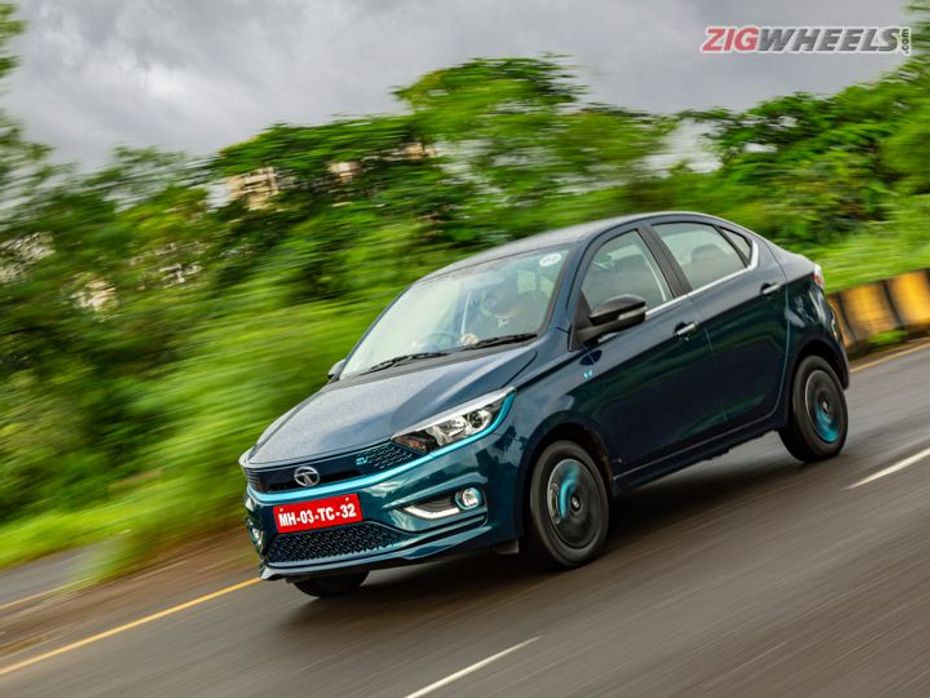
But what would an entry-level Tata EV look like in the coming years? More specifically, is Tata willing to offer a lower range EV at a more affordable price point?
Shailesh Chandra, Managing Director, Tata Motors Passenger Vehicles Ltd., and Tata Passenger Electric Mobility Ltd., tells us: “At the time of Ziptron’s development, when we had done the survey, we specifically focused on that floor level of range, below which the customer will have range anxiety. And that floor level was 200km.”

Of course, that 200km number isn’t the ARAI-certified or lab-tested range figure that Tata is aiming for. It’s the real-world range that the EV will deliver reliably, no matter how heavy or light your foot. Tata currently offers the Tigor EV and Nexon EV, both of which can demonstrably deliver over 200km of range.
“You’ll see that, although we’ll come up with a higher range EVs, people will still buy lower-range cars” Shailesh Chandra adds. That’s because the range figure is directly related to the battery size, and the battery size still accounts for a significant chunk of the cost of a new EV. EVs with smaller batteries may offer lower range, but it’s relatively easier to make them more affordable for the average consumer.
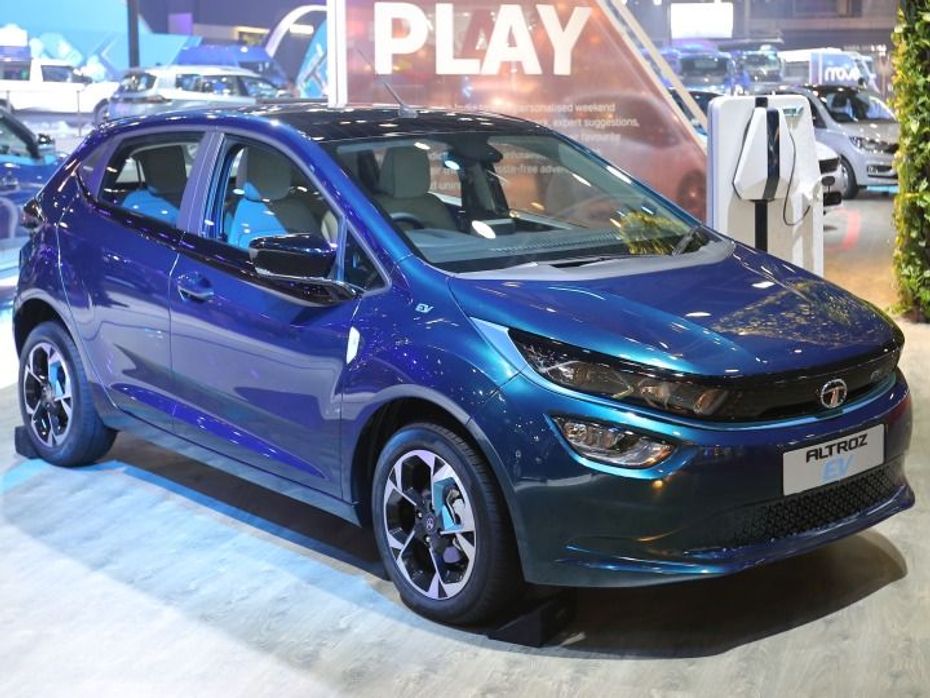
Besides, electric cars that cost above Rs 15 lakh are not eligible for benefits under the central government’s FAME-II scheme or even state government incentives. The current Nexon EV barely makes the cut with its base variant priced at Rs 14.54 lakh (ex-showroom). It makes sense for the carmaker to stick to smaller (30kWh and below) battery packs, possibly in a more compact body style.
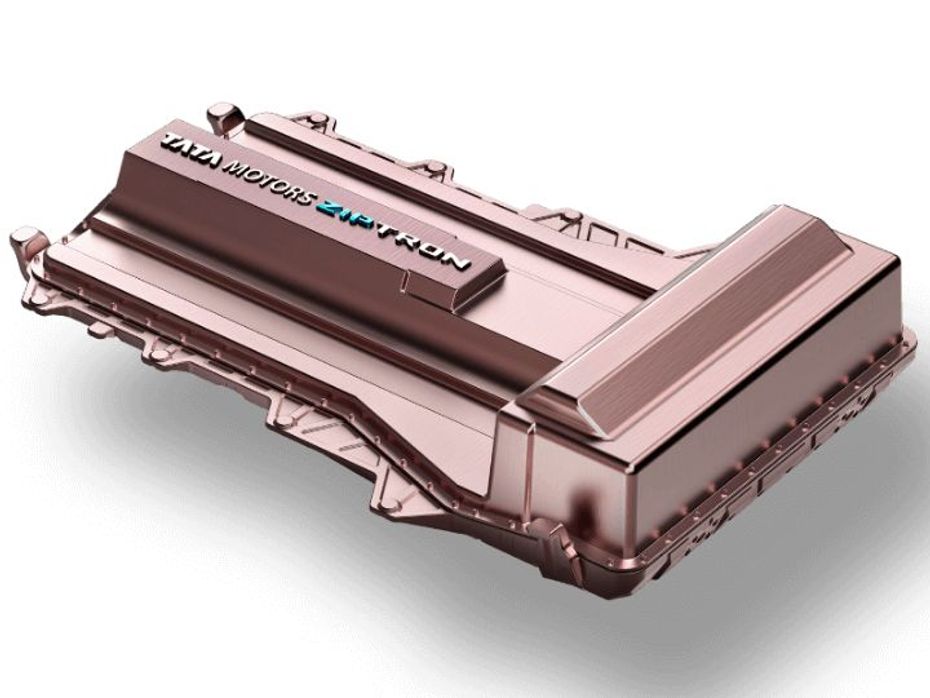
Platform development adds to the cost of an EV, too. The Curvv is based on the Generation 2 platform with an under-floor battery and properly integrated electric vehicle architecture. Tata also has a Ziptron powertrain that underpins its current EVs, the Nexon EV and Tigor EV. The upcoming Altroz EV, and possibly, a future all-electric version of the Punch, will be underpinned by the Generation 2 platform.
Also read:
Future Tata EVs post the launch of the Curvv-derived SUV will be based on an all-electric Generation 3 ground-up EV platform. Even for these EVs, the battery size and range specs will affect the price.
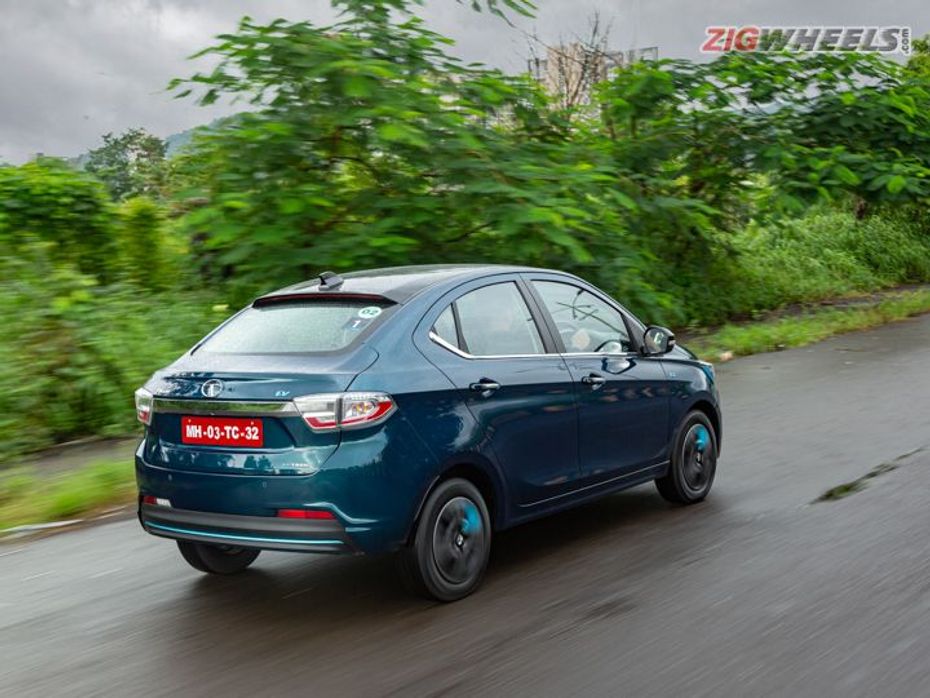
With advancements in battery tech and EV architecture, the share of a battery’s cost in an EV’s ex-showroom price is expected to go down. Local manufacturing of battery packs, semiconductors, battery cells and other components will go a long way to make EVs more affordable in the country. And in a market such as India, the availability of affordable all-electric models is expected to be one of the chief drivers of EV adoption in the coming years.

Tata Curvv: A Much Clearer Look At Its Interior Ahead Of Its Unveiling

This Tata Car Has Been Announced As The Official Car For IPL 2024

2024 Tata Curvv Spotted, Sneak Peek At Its Interior Reveals This...

Tata Curvv: Lower-end Variant Spotted Testing For First Time

ICE-powered Tata Curvv SUV-coupe Spotted Testing For First Time

Mid-spec Toyota Urban Cruiser Taisor vs Top-spec Tata Punch: The...

Tata Nexon Dark vs Hyundai Venue Knight Edition: All-black Edition Of...

Jeep Compass vs Tata Safari: Which One Is Quicker From 0-100kmph?

Tata Curvv Spotted With One Significant ADAS Safety Feature

Maruti Suzuki Rock N Road: Redefining the SUV Experience
India's largest automotive community